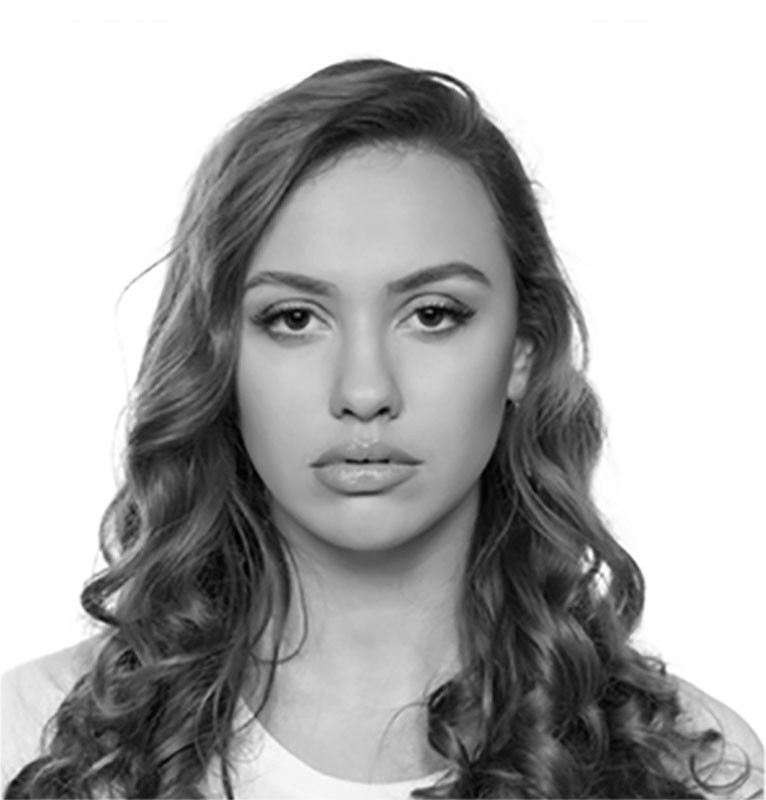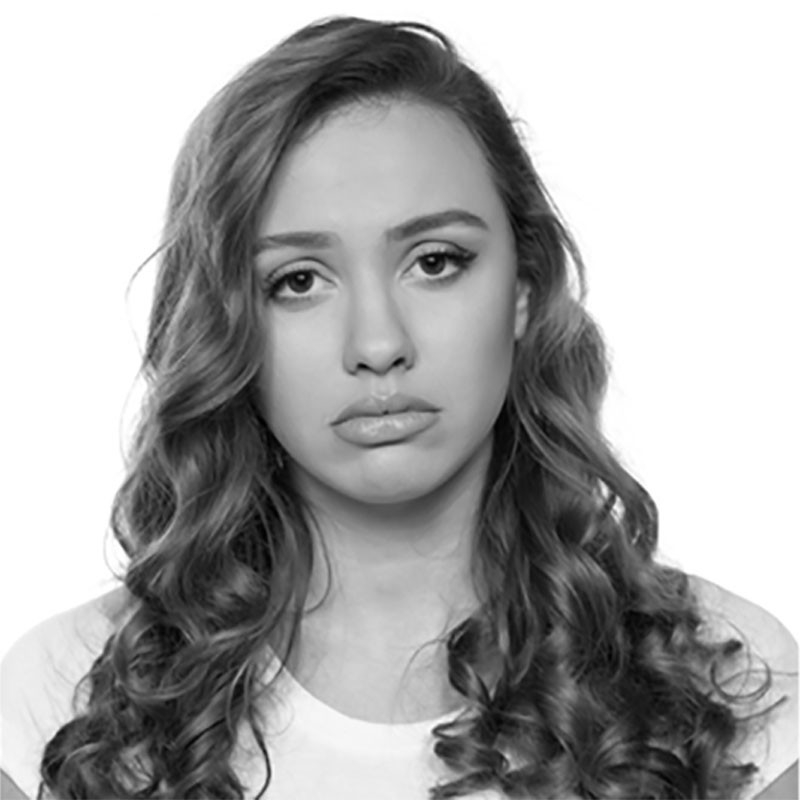One common question I have to ask is: why are we shooting in black and white photo? Today digital cameras are complete beasts that catch every color shade that ever existed. The response to the question is very easy, but the photos are classic in black and white. Photography in black and white is an everlasting tradition in photographic culture, with color technology spreading only later on. But that’s what you knew! The discussion on color and black and white is abundant. However, it is a basic question of esthetics for me and many other photographers. The absence of color in black and white images enables you to eliminate unwanted information from a photograph so that the viewer can focus those elements without distraction. You have to concentrate more on light and form in Black and White photography and cannot rely on the color to keep the day going.

Portrait photography is a niche used to express in a particular mood or emotion in a subject in which black and white photography. Like any kind of image, you must weigh many factors to make sure your black and white portraits look the best. Black and white is far more than an artistic choice for many photographer enthusiasts. It’s a spiritual state. Before you take a picture in black and white, it is important to conceptualize and make certain steps so that every aspect of a good black and white picture will be in your shot before you click on the shutter. Factors such as lighting contrast, tonal contrast and the subjects’ distinctive facial expressions are main factors, which in post-production are hard to correct. These points must be captured in your shot correctly, and help if you think about them in advance.

The eyes are the main characteristic of each portrait. They are of interest, especially when it comes to black and white pictures that your entire portrait is around. Without color, a monochrome picture is typically divided into graphic patterns and types. Eyes are types that are widely recognized and draw immediate attention from the viewers of your pictures. Make sure the eyes of the person are well lighted and the emphasis is properly fixed. You might try to put a light just under your face pointing to your eyes, always popping your eyes.

In black and white portraiture, facial characteristics and gestures play an important role like the eyes. Make it your objective to evoke emotions from your subject. Also minor changes in the speech of the subject can have a significant effect. For example, a cheeky smile can all be used to move your Black and White portrait to the next level with a high eyebrow, blowing cheeks or even facial wrinkles. Think of the small details and try to extract specific phrases from your subject, how singular some of the shots you take are. There are no standard rules to follow when lighting a monochrome portrait image. If you want high contrast, choose a harder light source. If you want a more subtle or smoother look, choose a sweeter or smoother source of light. Try to switch your lights around to see if your subject is affected.

Contrast is extremely significant when it comes to black and white portraiture. The intensity of the light source specifically defines your picture to the degree of the contrast. Higher or higher illumination offers a greater contrast in which softer lighting provides gray and flat images that can be more accurate (this is also a great look). If you plan to make black and white portraits in high contrast, keep it natural (for example, in Photoshop or Light room don’t add too much contrast). Small Light room or Photoshop tweaks are great and will not impact your shots just don’t optimize your contrast slider. Say you edit a color shot that doesn’t really meet your requirements. You want to look better in black and white, maybe this shot. Rethink this! Rethink this! Turning a wrong photo in black and white would just intensify the defects, which first made you question the photo. A bad picture is a bad picture, no matter what color or lack of it.

Don’t turn a poor black and white picture color. You often find a subject and you know that they should be shot in black and white immediately. This is not the case much of the time and you have to determine whether color or black and white suits them better. Robust and deep colors undoubtedly lead to amazing images and, though color removal can change the perception of the entire subject or scene. If you really want to concentrate your audience on one particular aspect of the picture, black and white might be a better call. Use your discretion to find which black and white images work best and which colors work better. There were portraits in black and white that were made, while some were not. You may now understand some of the most important subjects in black and white photography. Color is significant; however, it is not required to find what works for you, sometimes using your creative mind. Who knows, maybe you can catch beautiful black and white portraits in a natural way. Until you try, you won’t know!
